PUBLICATIONS
Cloud Security 101
Benefits of Being in the Clouds
Companies are increasingly learning the benefits of putting their computing technology in the clouds, i.e. adopting a multi-cloud strategy (Amazon AWS, Microsoft Azure, Google GCP, among other clouds). Migrating to the cloud has many benefits such as increased business agility, flexibility, and reduced costs. Migrating includes building and running cloud-native applications, and mapping out the migration of the entire enterprise’s information technology.
Migrating involves learning and uncovering more data through application portfolio discovery and analysis – which involves collection of detailed information about each application of an organization, including the cost to build and maintain the application, and the business value. Migration methodology is built on iterative and continuous progress. The initial migrations help build experience and momentum that accelerate later migration.
Reasons to migrate to the cloud include:
Operational Costs – Operational costs include the unit price of infrastructure, matching supply and demand, investment risk for new applications, markets, and ventures, employing an elastic cost base, and building transparency into the IT operating model.
Workforce Productivity – You can quickly provision cloud services, which increases your productivity by letting you focus on the things that make your business different, rather than spending time on the things that don’t, like managing data centers.
Cost Avoidance – Eliminating the need for hardware refresh and maintenance programs is a key contributor to cost avoidance.
Operational Resilience and cybersecurity – Operational resilience and security is reducing your organization’s risk profile and the cost of risk mitigation. For example, in the cloud, you can deploy your applications in multiple regions around the world, which improves your uptime and reduces your risk-related costs. In the cloud, there is a shared security model. The cloud provider is responsible for security of the cloud, i.e. the compute, storage, and network. You are maintain responsibility for security in the cloud, i.e. network security, inventory configuration, access controls, and data security.
Business Agility – Business agility is the ability to react quickly to changing market conditions. Migrating to the cloud helps increase your overall operational agility. You can expand into new markets, take products to market quickly, and acquire assets that offer a competitive advantage. You also have the flexibility to speed up divestiture or acquisition of lines of business. Operational speed, standardization, and flexibility develop when you use DevOps models, automation, monitoring, and auto-recovery or high-availability capabilities.
Application Migration Strategies
The migration process involves categorizing what is in your environment, what the interdependencies are, technical complexity to migrate, and how you will migrate each application. This plan will be iterated and improve as you progress through the migration, learn new capabilities, and better understand your existing network.
The complexity of migrating existing applications varies depending on considerations such as architecture, existing licensing agreements, and business requirements. A mainframe is high-complexity. Begin with a low-complexity application.
- Re-host: Move applications without changes.
- Re-platform: Make a few cloud optimizations to achieve a tangible benefit but not change the core architecture of the application. For example, reduce the amount of time you spend managing database instances by migrating to a database-as- a-service platform.
- Re-factor / Re-architect: Re-imagine how the application is architected and developed using cloud-native features. This is driven by a strong business need to add features, scale, or performance that would otherwise be difficult to achieve in the application’s existing environment.
- Re-purchase: Move from perpetual licenses to a software-as-a-service (SaaS) model.
- Retire: Remove applications that are no longer needed.
- Retain: Keep applications unmigrated that are critical for the business but that require major refactoring before they can be migrated.
A phased approach controls risk during the migration phase and focuses on the migration business case and value proposition.
A migration business case has four categories: 1) run cost analysis, 2) cost of change, 3) labor productivity, and 4) business value. Consider the below:
- What is the future expected IT cost on cloud versus the existing (base) cost?
- What are the estimated migration investment costs?
- What is the expected ROI, and when will the project be cash flow positive?
- What are the business benefits beyond cost savings?
- How will using cloud improve your ability to respond to business changes?
- Impact of cloud purchasing/pricing options
- Impacts of cloud discounts
- Migration planning/consulting costs
- Events such as planned refresh, data center lease renewal, divestiture
- Change management
- Application migration cost estimate, parallel environments cost
- Estimate of reduction in number of hours spent conducting legacy operational activities
- Productivity gains from automation
- Developer productivity
- Agility (faster time to deploy, flexibility to scale up/scale down, mergers and acquisitions, global expansion)
- Cost avoidance (e.g., server refresh, maintenance contracts)
- Risk mitigation (e.g., resilience for disaster recovery or performance)
- Decommissioned asset reductions
An ever increasing number of companies are migrating to the cloud. Once migrated, the cloud provider is only responsible for security of the cloud, i.e. the compute, storage, and network. My partner company, AvidSecure.io, is an intelligent monitoring, compliance and DevSecOps multi-cloud solution providing visibility, continuous compliance and security analytics on a single agentless platform. We can help you with your responsibility for security in the cloud, i.e. network security, inventory configuration, access controls, and data security.
Ref: In part, summary of
AWS Migration Whitepaper, Amazon Web Services, Inc., March 2018
CONTACT
Let's build a safer digital future together
Thank you for contacting us.
We will get back to you as soon as possible
